Security of the Smart Home System
Smart locks, cameras, and sensors are integrated into one cohesive system that you can control from anywhere.
Imagine you're away on vacation, and someone approaches your front door. A smart camera detects the movement, sending you a real-time notification with a live video feed straight to your phone. You can see who it is, communicate through a built-in speaker, and if necessary, lock or unlock the door remotely using your smart lock.
Beyond just monitoring, these systems can act automatically. For example, if a door is left open or suspicious activity is detected, the system can trigger alarms, notify you immediately, or even contact emergency services if needed. This setup gives homeowners peace of mind, knowing they can manage their home’s security from anywhere, whether they’re at work or halfway across the world.
Future Trends in Smart Home Technology
From AI learning your daily routine to homes generating their own energy, these trends in smart house technologies are about to make our living spaces smarter, greener, and more intuitive than we could imagine.
AI and Machine Learning in Smart Homes
A smart thermostat can already adjust to your preferred temperature based on the time of day, but future versions could predict temperature changes based on weather forecasts or your daily tasks, automatically ensuring the perfect climate.
AI-powered systems may also learn from your behavior to anticipate your lighting, entertainment, or security needs. For example, they could recognize patterns in your routine, automatically turning off lights when no one is home or preparing your living room for movie night by dimming the lights and starting your preferred streaming service.
The Role of IoT in Expanding Smart Home Capabilities
The Internet of Things has already made homes more connected, but the future will take this even further by integrating more devices into the smart home ecosystem. Currently, smart house technology can control thermostats, lights, and security systems, but the next wave will include kitchen appliances, health monitoring systems, and even furniture.
Think about a refrigerator that not only reminds you when you’re out of groceries but also orders them for you based on your regular consumption. Smart beds could monitor your sleep patterns and automatically adjust your alarm for optimal rest. As IoT devices grow in number and functionality, they will communicate seamlessly, creating homes that work together to enhance convenience, security, and comfort.
Sustainability and Eco-Friendly Smart Home Solutions
Sustainability is becoming a core focus in smart home technology, with eco-friendly solutions designed to reduce energy consumption and waste. Future smart homes could use renewable energy sources, such as solar panels integrated into roofs that are optimized by AI to store and distribute energy efficiently. Smart irrigation systems will precisely monitor soil moisture and weather conditions to water plants only when necessary, conserving water.
Smart energy management systems already allow homeowners to track their energy usage in real-time, suggesting ways to cut down on consumption or switch to more sustainable energy sources. Future technology in the home could automatically reduce their carbon footprint by adjusting energy use based on the household's needs and external environmental factors.
Bring Your Smart Home Technologies Vision to Life with inVerita
Technology in the home is transforming everyday living into something more efficient, connected, and user-friendly. From smart thermostats to advanced security systems, more and more homes are adopting tech solutions that make life easier and more sustainable.
If you’re looking to develop smart technology for the home, inVerita can help turn your vision into reality. Just drop us a line and our managers will reach out to you to arrange a free consultation. 


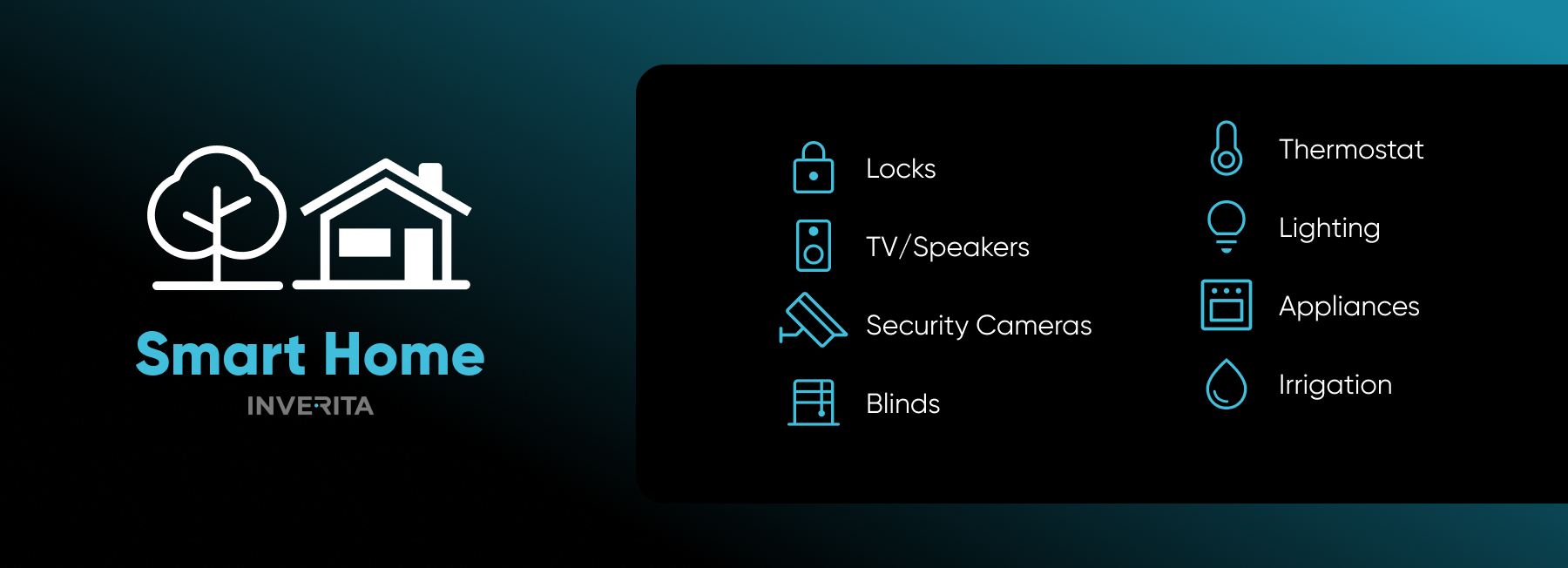
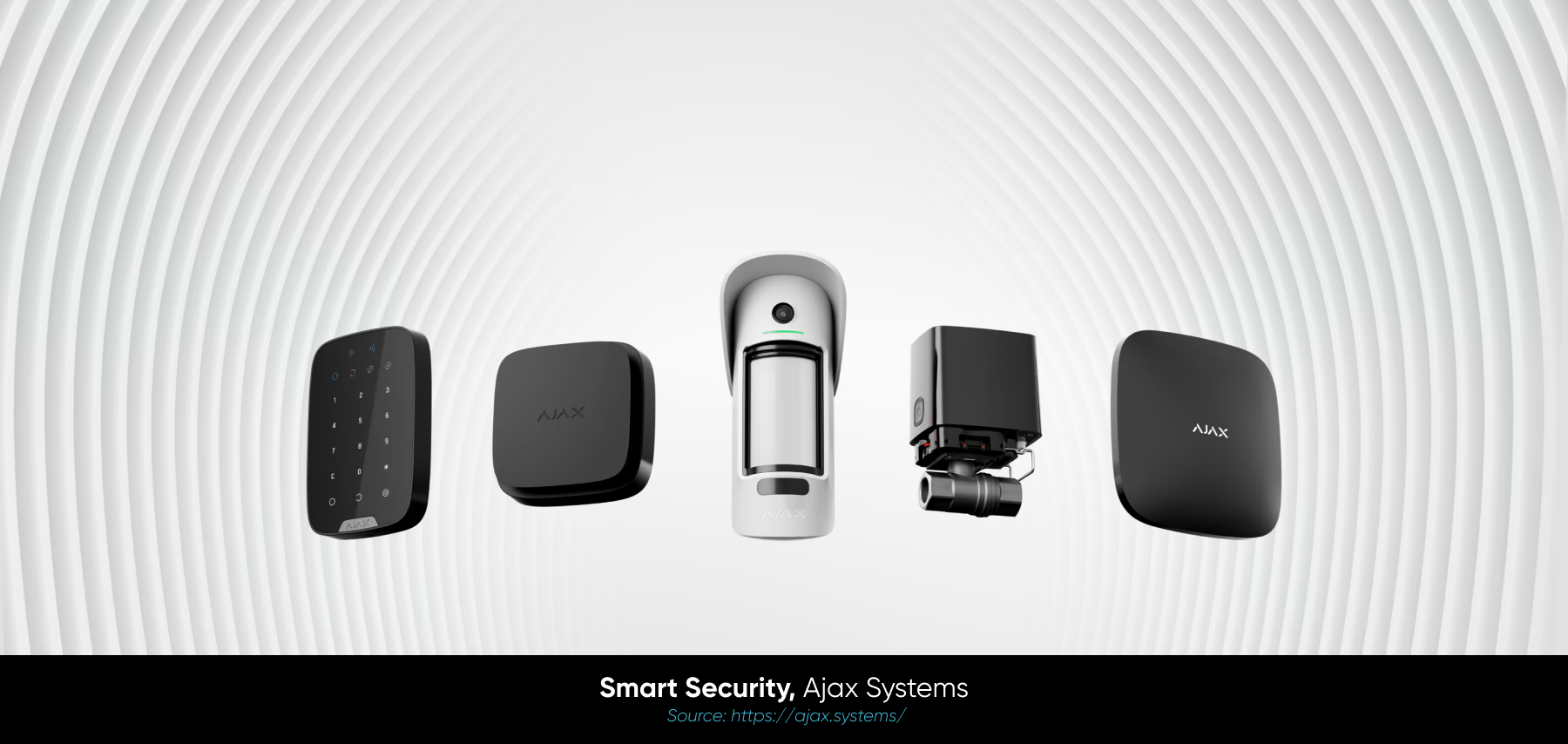
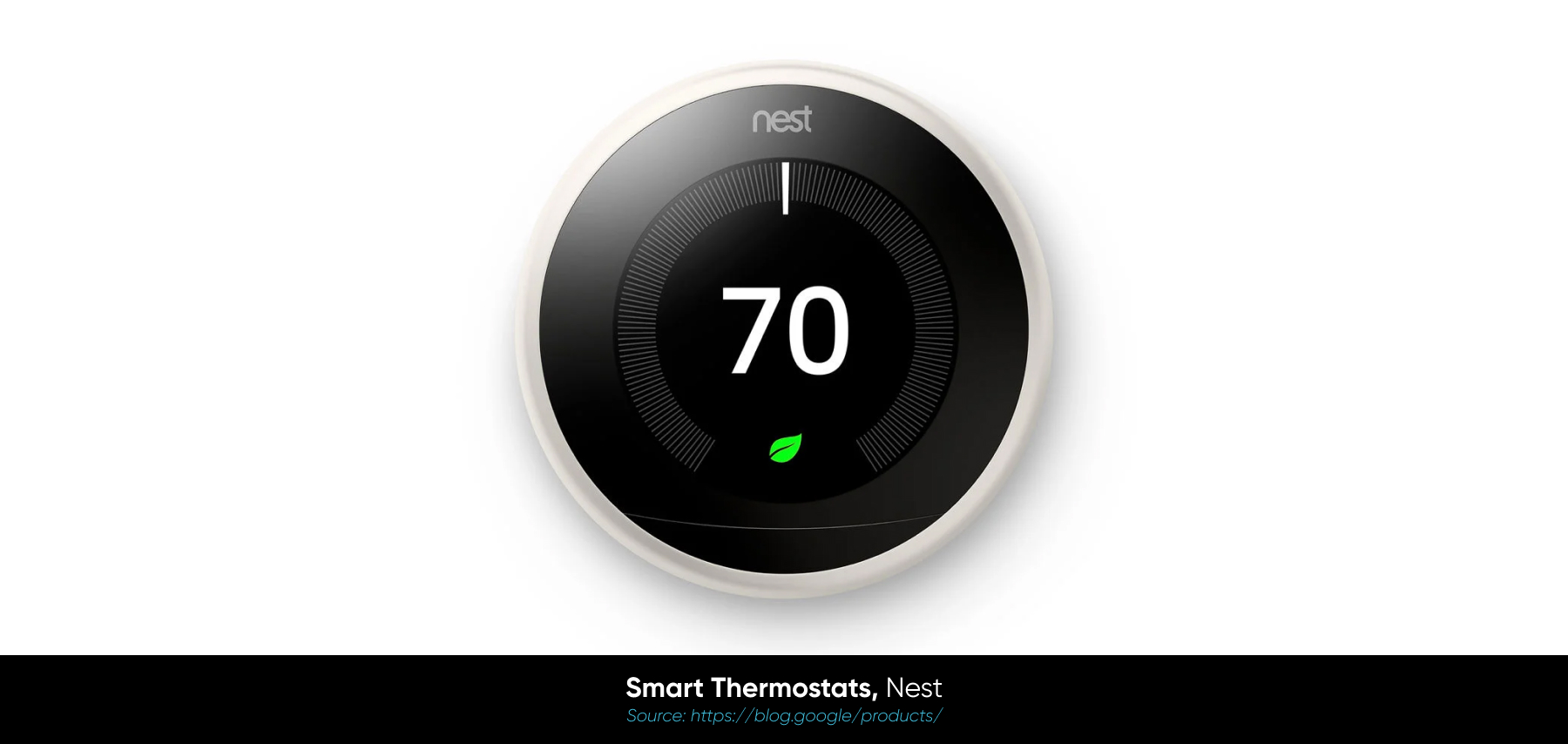
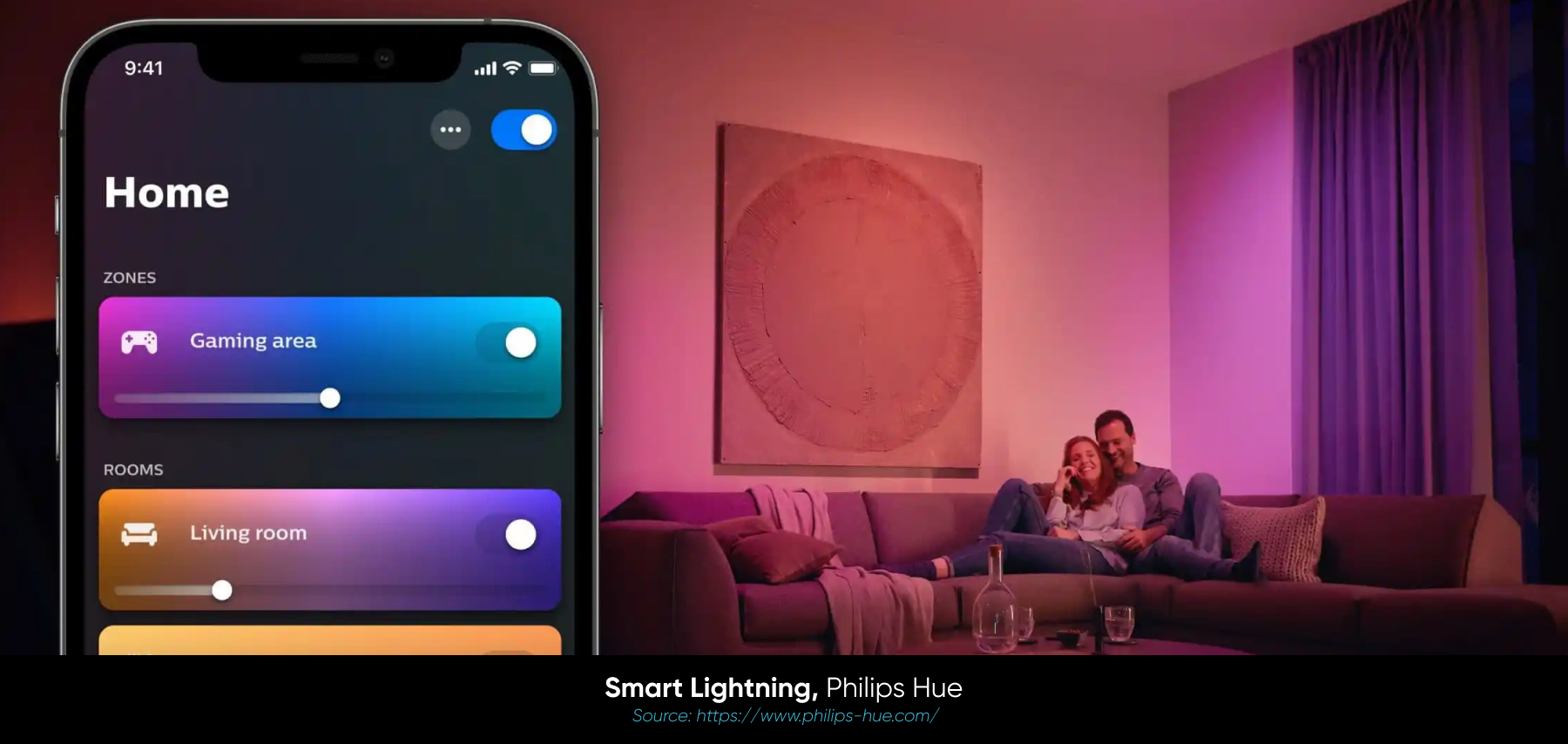
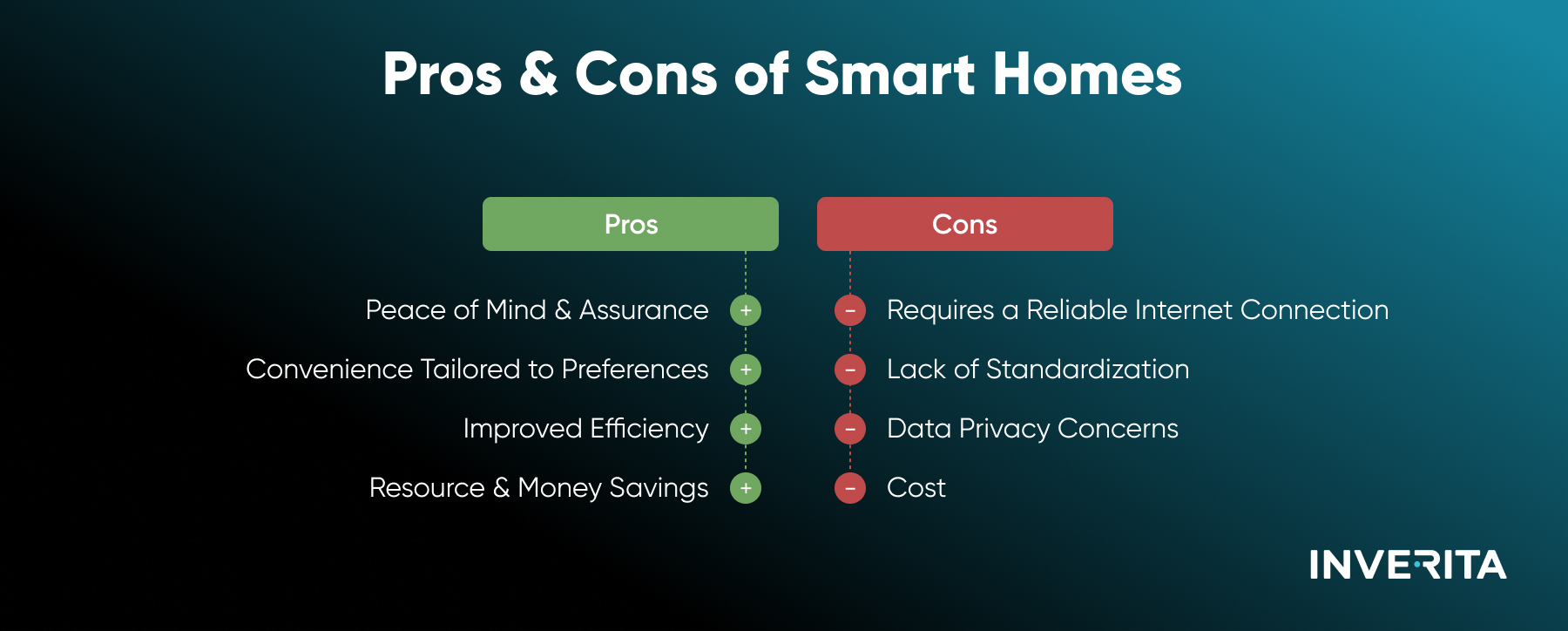

_1764586939-small.webp)
